Is Being Shy a Choice?
One of the Easiest Ways to Overcome Shyness is to Become a Photographer.
Most shy photographers will do anything to avoid shooting people.
Funny enough, shy people make the best portrait photographers.
Shy people live in details and nuance.
They thrive on connection and are usually obsessively passionate about the things they love.
Shy people fear rejection, so they safeguard themselves by going internal.
With a camera in hand, us shy folk get a new voice, where we can speak without saying a word through our pictures.
If you show an actual interest in what your potential subjects are doing and can be genuine, you’ll find the no’s rare and the yes’s continual.
Lead with compliments. Lead with love.
How Do You Deal with That Uncomfortable Feeling?
“I don’t want to impose on others.”
This is the most common reason I hear from photographers about why they don’t photograph people.
Overcoming the fear of imposing and settling the butterflies in your stomach is possible. Focused effort is required, but the results are well worth it.
Photography is so much more than choosing the best lens and camera settings.
Connecting with your subject is vital, particularly when you’re photographing people.
If this is challenging for you, digging deep is essential – deep into your feelings of fear that invade your mind when you want to make a portrait.
Concentrate on the positive. Focus on what’s attracted you.
Why do you want to make that person’s portrait?
Before you even approach someone or put your camera to your eye, clear your mind of doubt.
Settle your thoughts and have a positive attitude towards what you are doing. Training your mind to think like this will, in time, allow you to control the feelings of self-doubt and fear of imposing.
Learn to recognize your negative thoughts that disrupt your intentions.
Jump on them fast. The more consistently you can do this, the more successful you will be.
Only entertain your positive thoughts.
As you do, your actions become automatic and relaxed.
You will find it’s not stressful to approach people and to photograph them.
The more you do anything, the easier it becomes.
Using Your Camera with Confidence is Key
If you’re not comfortable with your camera, you’re not likely enjoying photographing people.
We need to use our camera every day. We are trying to create muscle memory.
Understanding your settings, focus, exposure, light, and decisive moment are all things to think about.
Having someone watch you while you fumble with camera settings is disheartening and keeps most away from shooting people.
Get used to operating your camera in the dark or without looking.
Which way on the dial increases shutter speed, which way decreases?
Can I change my focus point without looking at my camera? Change the ISO?
Dial that in. It’s your weapon.
Know it inside and out, and you’ll be one step ahead when it comes to photographing people.
Put Yourself in the Subject’s Shoes
Be in front of your own camera.
Shooting self-portraits and sharing them is a great way to gain confidence in yourself and your work.
Many successful shy photographers have made their mark by putting themselves in front of their lens.
Confidence with Your Camera, Confidence with Self
Having confidence in your camera and confidence with yourself will prepare you for photographing people.
Once you’re ready to start shooting portraits, concentrating on your camera is a common mistake.
Focus first on your relationship with your subject and getting them comfortable.
I assure you, your subject is more nervous than you.
It’s your role as a shooter to make them comfortable and get yourself comfortable.
This easily comes with a conversation.
It doesn’t have to do with pictures at all. Just get to know your subject.
Taking a few minutes to chat will guarantee a connection, which will bring you confidence and allow you to think of photography more passively.
Think about the connection actively.
If you have your camera knowledge dialed in, capturing the moment should be the easiest thing.
Once you’ve built that connection, the photography takes care of itself.
Have your camera settings as dialed in as you can before you engage with a potential subject.
You can then give them all your attention without distraction.
Slow Down. Breathe.
Taking your time isn’t a bad thing.
Every genre of photography takes patience and timing.
Being fast helps you capture the action that’s happening around you, but slowing down and observing will help you see and capture mood.
Your Camera is a Bridge
Your camera is your bridge to the other side of shyness.
It allows you to bridge the distance between your intention to photograph someone and the actual portrait.
Your camera not only makes the picture, but it connects you with your subject.
It opens conversations, creates questions, and has the potential to make you more social.
Speaking to a stranger for no particular reason is very difficult for many people.
Having a camera in your hands is a wonderful reason to speak with someone.
Your camera is the solution to your problem of not wanting to approach people.
When you come to realize this and learn to use your camera as a bridge, you will cross over into a whole new world of wonderful, creative experience.
Photographing people when your mind is focused on them and not on your camera transforms the experience.
My camera gets me to the other side, away from my insecure thoughts and into a conversation with the person.
It is a reason for me to be where I am and to start conversations.
Use your camera as a means to introduce yourself and begin an interesting discussion.
Don’t hide behind your camera fiddling with its controls.
Be prepared and bold with it.
Your camera will fulfill your purpose. Express your intention to take a photograph with an appropriate amount of confidence.
Doing this will open the way for you.
Focus on your subject and their response to you.
When you approach someone in a self-assured way, it will be evident.
If you appear to be unsure of yourself, your subject will often reflect this behaviour back to you.
Self-assured communication with your subjects is important. It is as necessary as being confident with the technical aspects of photography.
Just Try.
It’s no big deal if someone says no to your request to shoot photos.
I try to wait for someone to look at me, see my camera, and that’s the one I ask.
I don’t ask people that are distracted, on the phone, or focused on other things.
I’ll also stop small groups of two or three and photograph everyone, even if there is just one of them that you want to shoot.
Never make anyone feel not included.
You’re shooting for yourself, yes, but also trying to give something back to your subject.
Get contact info and share your work with them.
Ask them to post and credit you.
It’s a great way to warm up to working for clients, connecting with strangers, and putting pressure on yourself that will result in you being a better, more competent shooter.
Start a Self-Directed Project
Force yourself into a self-directed portrait project of strangers.
Put yourself outside of your comfort zone.
It’s the best place for growth for all of us.
Practice your portraits on family and friends and work on your timing and framing.
Look for something to compliment always, with everyone.
Giving Back
Remember, your camera is the solution, not the problem.
With your camera in hand, you have a purpose for being where you are and a reason to communicate with people.
You are not only taking a photograph but giving an interesting experience.
If you are able to share your photos, then you are truly giving something of value to your subject.
Collecting someone’s email or social media connection will also allow you to give back in a meaningful way.
Presenting your work to the people you photograph helps shape the way they see you.
A set of web sized un-watermarked images is what you should give and will be appreciated by most.
If you capture a photo that’s worthy of you posting to social media and tagging them, this will have even more of an impact.
The time it takes to prep files is insignificant compared to the joy it will bring your subjects.
Some people may value this even more than the experience of the session because they can share the results with your digital files.
Embrace your shyness, pick up your camera, and step out into the world. Your journey from shy photographer to confident portrait artist is just a click away.
I use street photography and making street portraits as a way to help me with my social anxiety. It will help you too.
Thanks for reading me this week.
See ya next Saturday.
P.S. For those that are interested in my Pro Accelerator, I’m only interested in people who finish and can pay attention to details. This is why I’ve put this at the end. This is the last time I’ll be sending out the application for my Accelerator. You can fill out the quick application here. Choosing my 50 shooters this week. Fill out that app if you want to be considered.
P.S.S This is your Photography Business Road Map.
HOW to START Your PHOTOGRAPHY BUSINESS: A Comprehensive Guide
👉🏾 I am a Pro Photographer, Director, and Educator based in Toronto, CA.
My goal here is to educate and connect a global network of visual creators.
👉🏾 Mindset shifts and Immersive Pro Education on YouTube 👈🏾
Join my Free Photographers Community on 👉🏾 Discord
Learn more about me and see my work at 👉🏾 stevecarty.com
👇🏾 Professional Educations Systems for the 21st Century Creator thecartymethod.com
FREE CONTENT 👇🏾👇🏾👇🏾👇🏾👇🏾👇🏾👇🏾
PODCASTS.
These are available as video podcasts on YouTube and Audio Podcasts on YouTube Music. (Apple Podcasts & Spotify Coming Soon)
PRO PHOTOGRAPHERS MASTERCLASSES (YOUTUBE)
FREE MASTERCLASS PLAYLIST HERE
Get my FREE Pricing Guide. This e-book is your companion on this journey, equipping you with the knowledge and tools to transform your passion into a profitable venture.




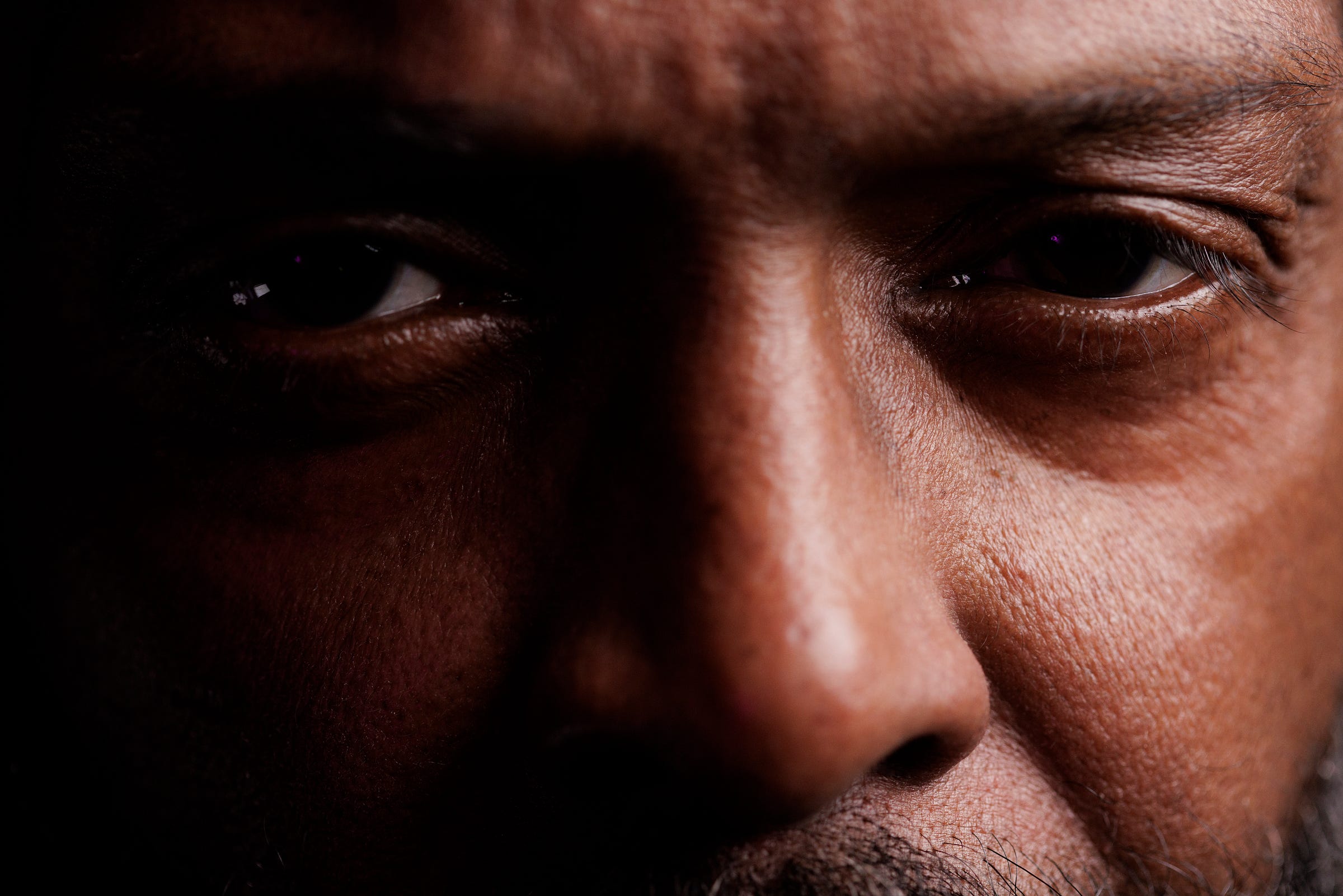


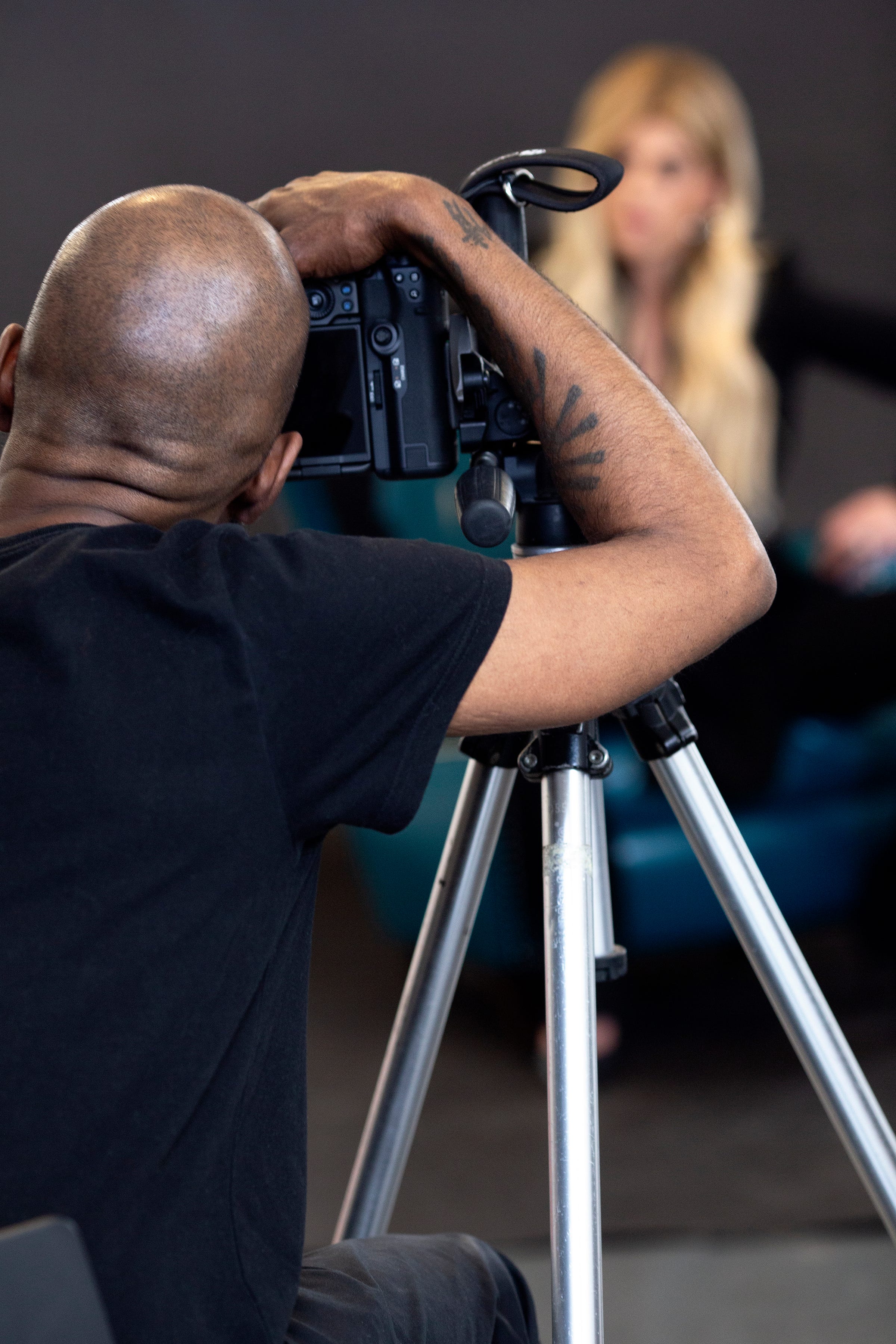
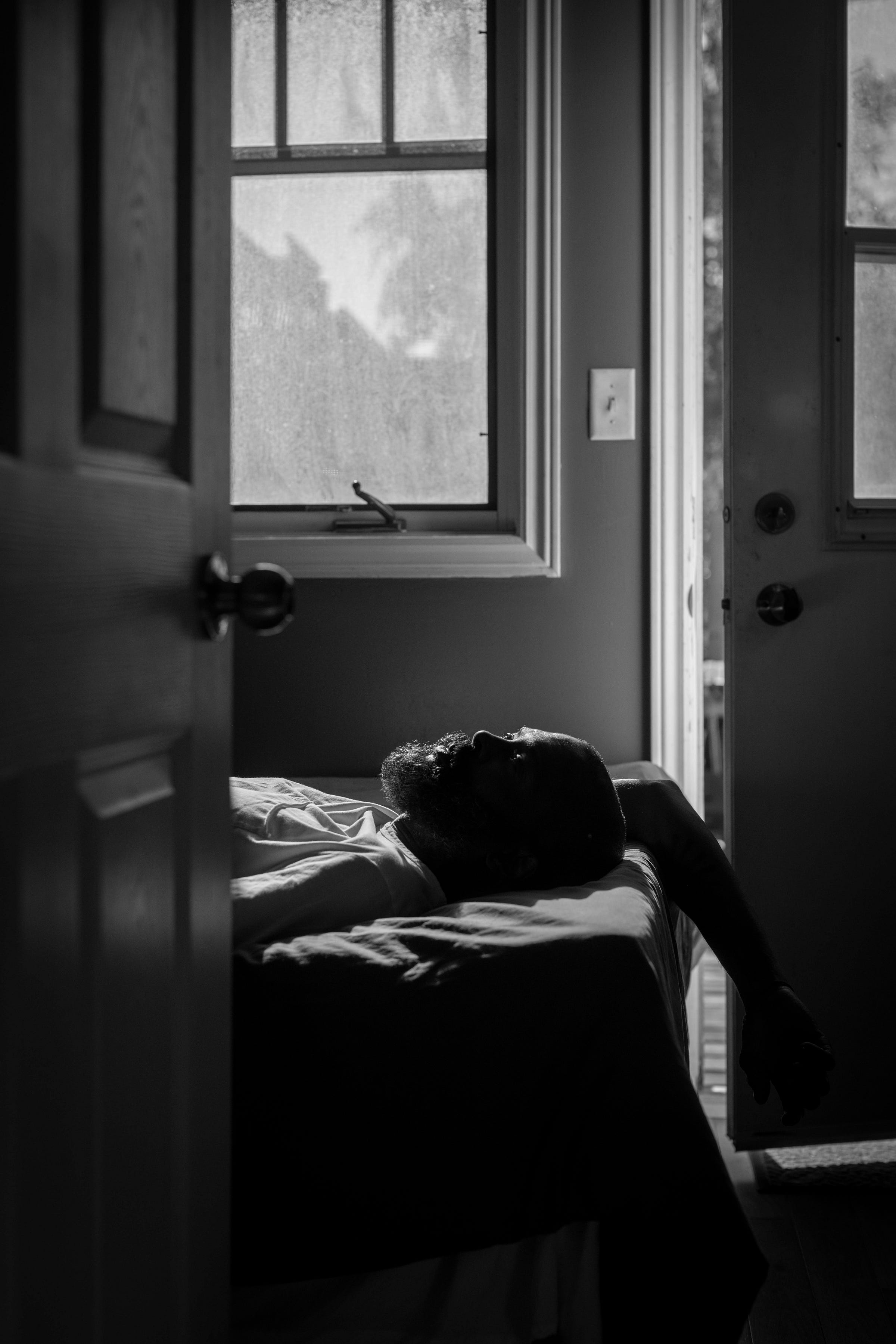
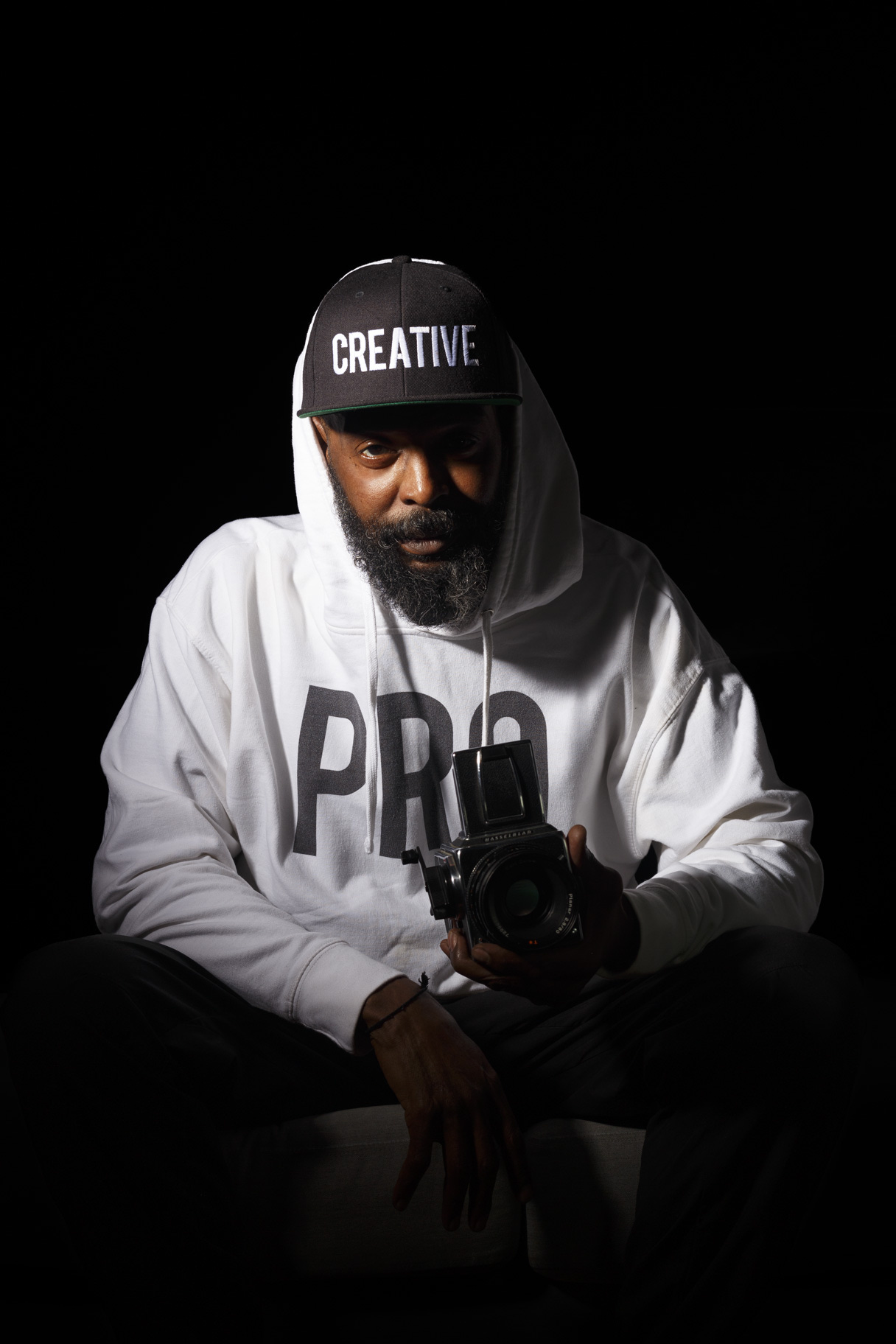
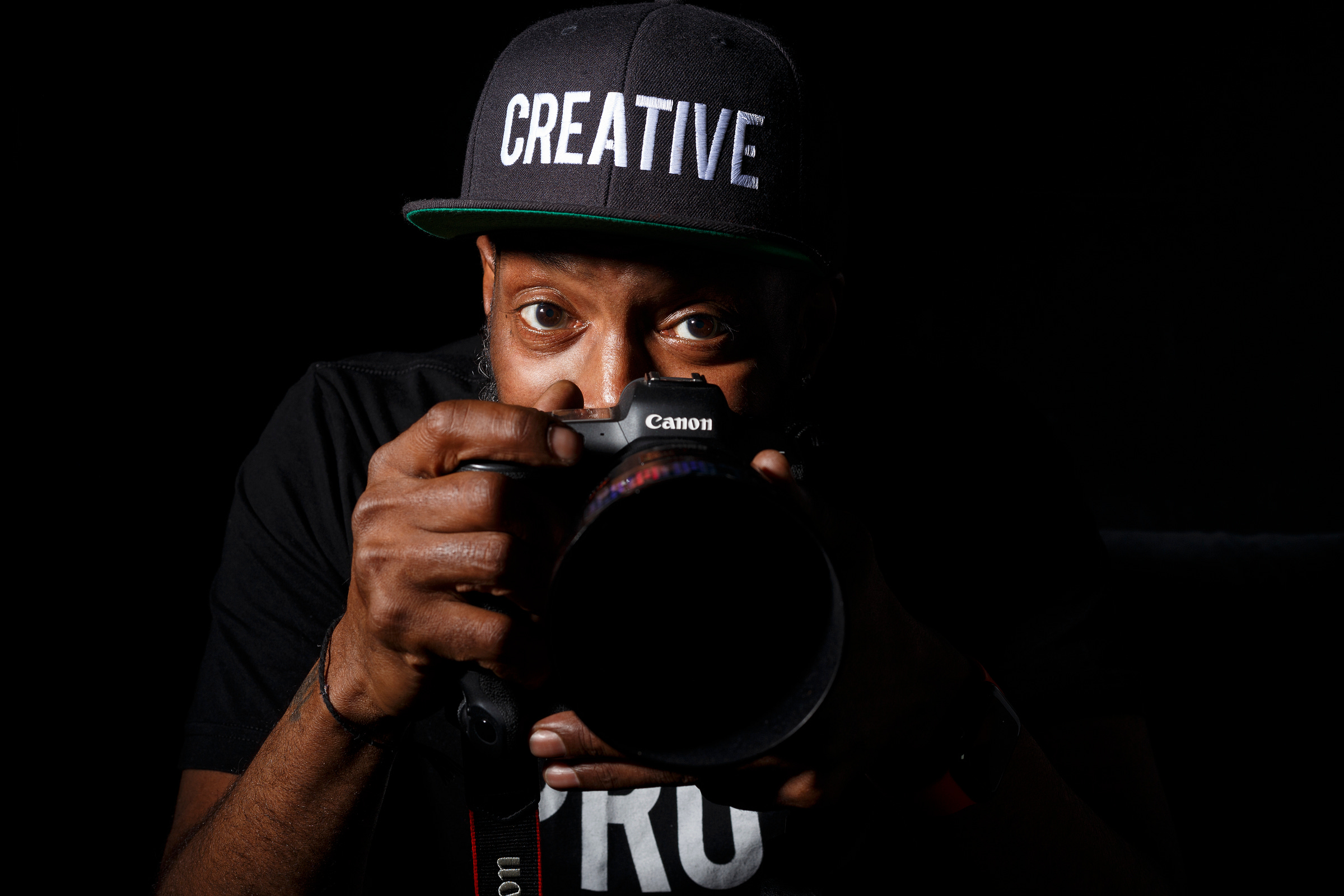
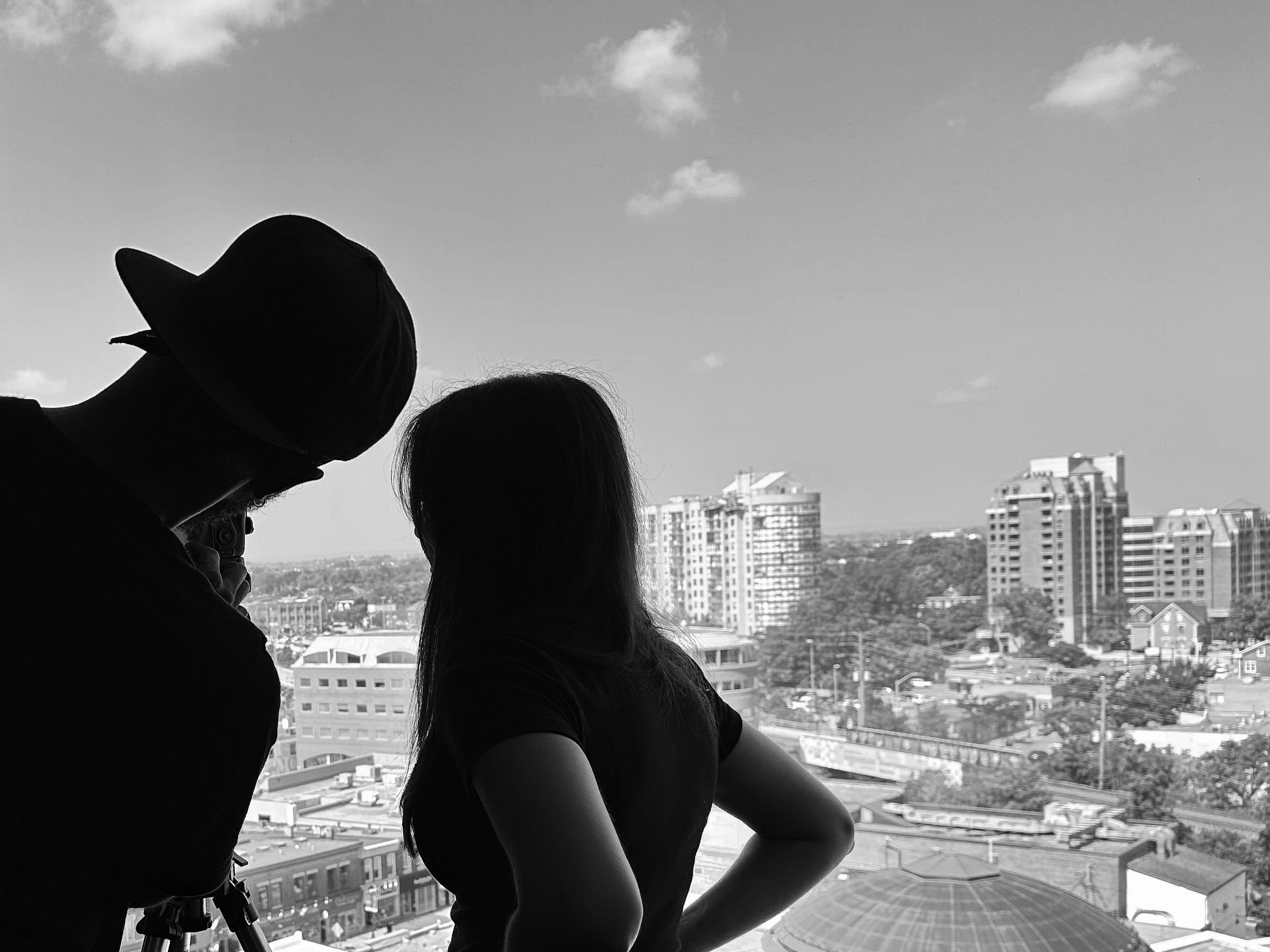



=shy photographer who just started photographing people on a regular basis along with landscapes. This article is so good. Photographing people has opened up a whole new word of meaning and joy, but also comes along with some rugged and real emotions after each shoot due to being socially and mentally drained after working with people. This along with worry and fear that I didn’t perform well enough for the person will haunt me until I finish looking over the photos in post. Something you don’t have to worry about when photographing landscapes. I will say the overall rewards when all is said and done far outweigh any of the negative, so pushing through the hard emotions is key for us shy people. 🔑
Thank you for writing that post. The article hit home in so many ways and has also given me plenty of actionable advice. Our cameras can truly be an incredible bridge to meeting new people and making connections. 🔥👏